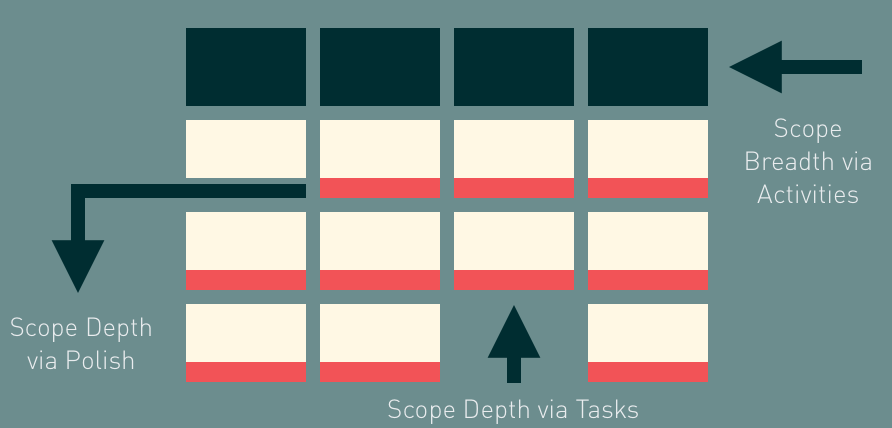Vendors may use the phrase “time and materials” (t&m) to describe how they engage in projects and invoice their clients.
The phrase t&m has been laid to rest at Atomic for several reasons. First, the phrase doesn’t accurately describe how we engage with our clients. At Atomic, we certainly don’t work without profit. And we have an innate desire to be more efficient.
T&m is an inaccurate way of describing our business relationships and ignores a lot of other work we do. For example, we spend considerable time and effort helping customers set a budget. We’ve established really strong patterns of estimating and tracking our work. We’ve got highly refined charts that report on progress toward completion. If we were truly working t&m, the only thing we’d have to do for customers is track our time.
T&m should be a red flag to you when considering a vendor. When you hear t&m you may think of the monetary equivalent of dropping a thick copper bar across your car’s battery terminals (high flow, uncontrolled, explosive burn).
Why would we have ever used a phrase that is both inaccurate and potentially damaging?
We want to describe the opposite of something we avoid, namely fixed price (and fixed scope) software development (aka fp/fs). Our aversion to fp/fs is based on the very sound reasoning that it’s not a good way to base a relationship between client and vendor for building custom software. Fp/fs may be a good relationship for highly specialized and repeatable work like mowing lawns or oil changes.
Atomic has dropped the phrase “t&m” in favor of “fixed budget, scope-controlled” to describe our preferred business relationship. As in “we do fixed budget, scope-controlled projects.”
We help our customers establish a budget, we carefully estimate and track our work, we provide a simple update every week that shows our progress, and we deliver the project in the budget that’s been set. To the penny.
We reliably hit fixed budgets and collaboratively work with our clients to build the best possible software for that budget.
We push hard on our clients to build the right features, and build them to the right level of complexity, to get the most possible value for the fixed budget.
The right level of complexity is achieved by managing the depth, breadth and scope of features. When you represent your product in a story map, you can hit your project budget by subordinating the scope of total experiences (breadth), tasks within an experience (depth), and level of ease (polish).

By fighting to build less, and what’s right for users and business goals, we believe that our clients will see a return on their investment sooner and possibly allocate additional budget in the future to extend the product we’ve built them. It’s quite common that our projects are funded in multiple phases, just like smart investments should be made.

[…] some of the points, thus decreasing the size of the project, or what happens more frequently with fixed budget, scope-controlled projects, replace some of those “banked” points with a few lower priority stories that […]
[…] our approach with the more typical one of hard boundaries and specialist teams. (As an aside, the “fixed budget, scope-controlled” phrase on our island refers to how we manage projects.)We’ve learned that […]
I wanted to reference this article but I didn’t like the title. I think what is interesting about your approach is the fixed budget, best software fro the price and how you then manage the project tracking predictively and the breadth and depth.
I’d suggest a improving the title, and would love to hear a little more about how you do this at Atomic. Let me know your thoughts.
Thanks for your feedback Stephen. We will definitely take a title change into consideration.
You might find the following posts of interest to hear more about how we manage to a budget.
First, things start by appropriately framing budgeting as more than estimating and setting a context of the budget being a constraint:
https://greatnotbig.com/2016/12/software-project-budgeting-is-more-than-estimating/
Our teams have a Delivery Lead who is focused on the managing the project to budget, delivering the most value, and keeping the team working effectively and efficiently:
https://spin.atomicobject.com/2016/06/10/delivery-leads/
We work a process, based on Agile and Scrum practices, to measure and manage our effort against our near-term and long-term goals. The process and measures enable data-driven decisions:
https://spin.atomicobject.com/2017/01/11/atomic-agile-process/
We are happy to share additional details if the above resources drive any questions.
Thanks!
Shawn